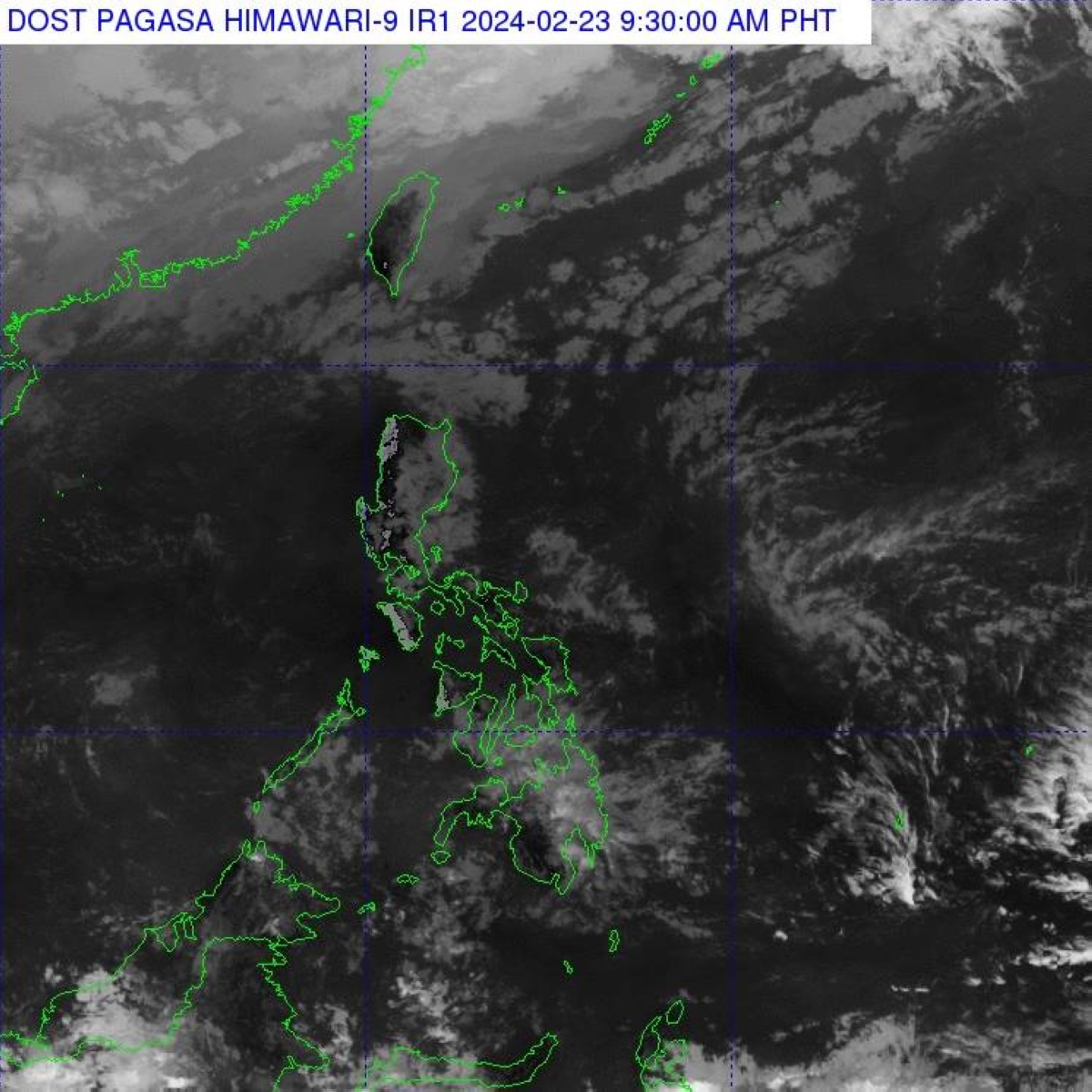MANILA, Philippines: The northeast monsoon or “amihan,” which is currently outside the Philippine Area of Responsibility (PAR), is expected to re-enter the country, bringing with it cold nights and mornings that may last until the end of March, according to the Philippine Atmospheric Geophysical and Astronomical Services Administration (Pagasa).
Pagasa also mentioned that there is a “slim chance” of a tropical cyclone entering the PAR until the end of February, as the amihan makes its way back. Weather specialist Benison Estareja explained that the amihan will slowly re-enter the country, specifically in Luzon, and will bring cold nights and mornings that may persist until the second week of March.
Currently, the entire archipelago is experiencing the easterlies, which are winds coming from the east, passing through the Pacific Ocean and carrying warm and humid weather. These easterlies are causing overcast skies with scattered rain showers and thunderstorms over Northern Mindanao, Caraga, and the Davao Region.
Metro Manila and the rest of the country are also being affected by this weather system, along with localized thunderstorms. As a result, partly cloudy to cloudy skies with isolated downpours or thunderstorms may prevail in these areas.
The re-emergence of the amihan is significant for the Philippines, as it marks the transition from the rainy season to the dry season. The amihan brings colder temperatures and drier conditions, providing relief from the hot and humid weather typically experienced in the country.
For locals, the arrival of the amihan means it’s time to bring out their jackets and sweaters to keep warm during the cold nights and mornings. It also signals the start of the planting season for farmers, as the drier conditions make it suitable for agricultural activities.
However, it’s important to note that the impact of the amihan can vary across different regions of the country. In the northern parts of Luzon, such as Baguio City, the amihan can bring even colder temperatures, sometimes dropping to single digits. In contrast, areas in the Visayas and Mindanao may experience milder cold weather during this period.
The arrival of the amihan also has implications for outdoor activities and tourism. Beachgoers and water sports enthusiasts may need to take extra precautions as the strong winds associated with the amihan can create rough seas and strong currents. It’s advisable to check with local authorities and follow safety guidelines before engaging in any water-related activities.
Overall, the re-entry of the amihan is a significant weather event for the Philippines, signaling the transition to colder temperatures and drier conditions. While it may bring cold nights and mornings until March, it also presents opportunities for farmers and provides relief from the hot and humid weather. As always, it’s important for individuals to stay updated with the latest weather forecasts and follow any advisories from Pagasa to ensure their safety and well-being during this period.







